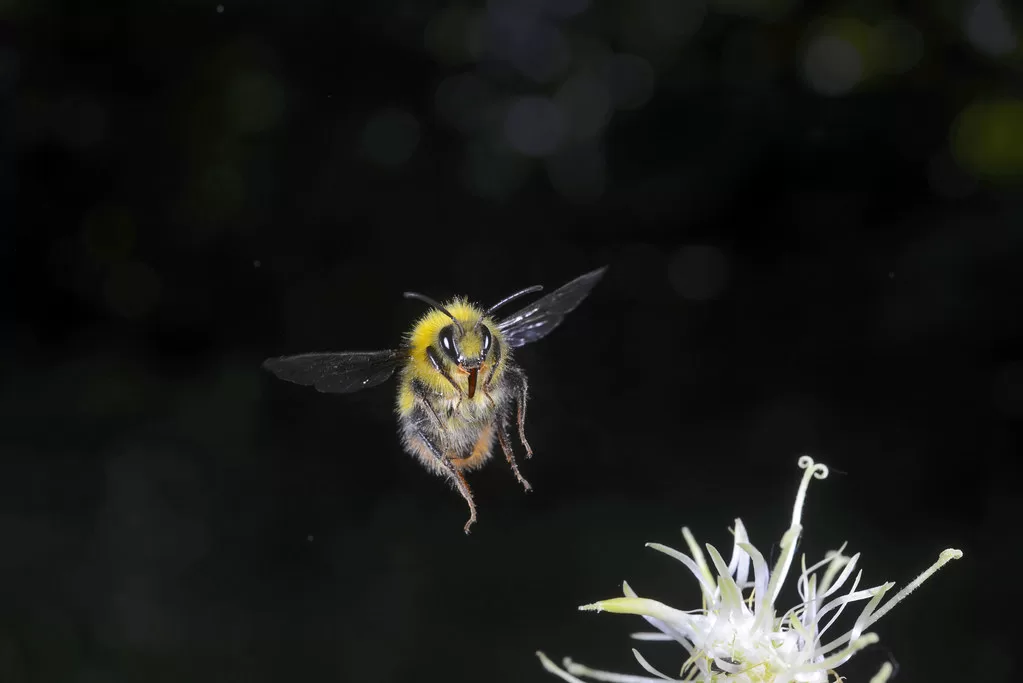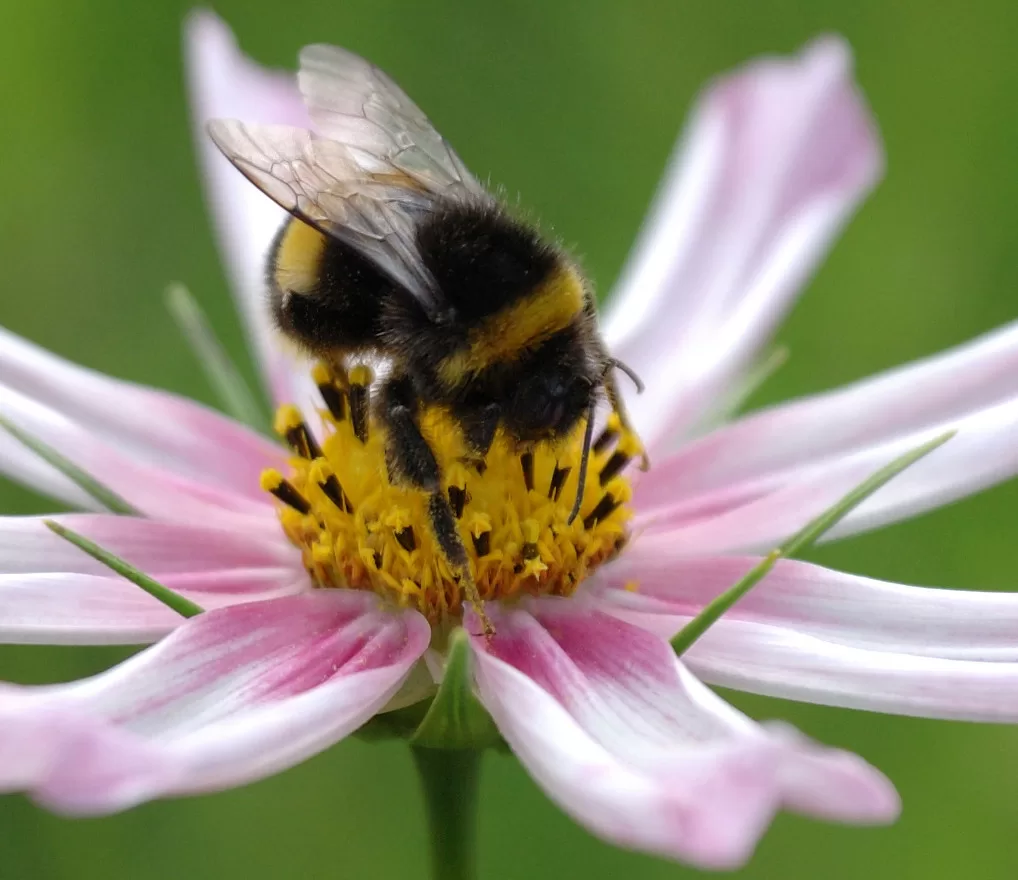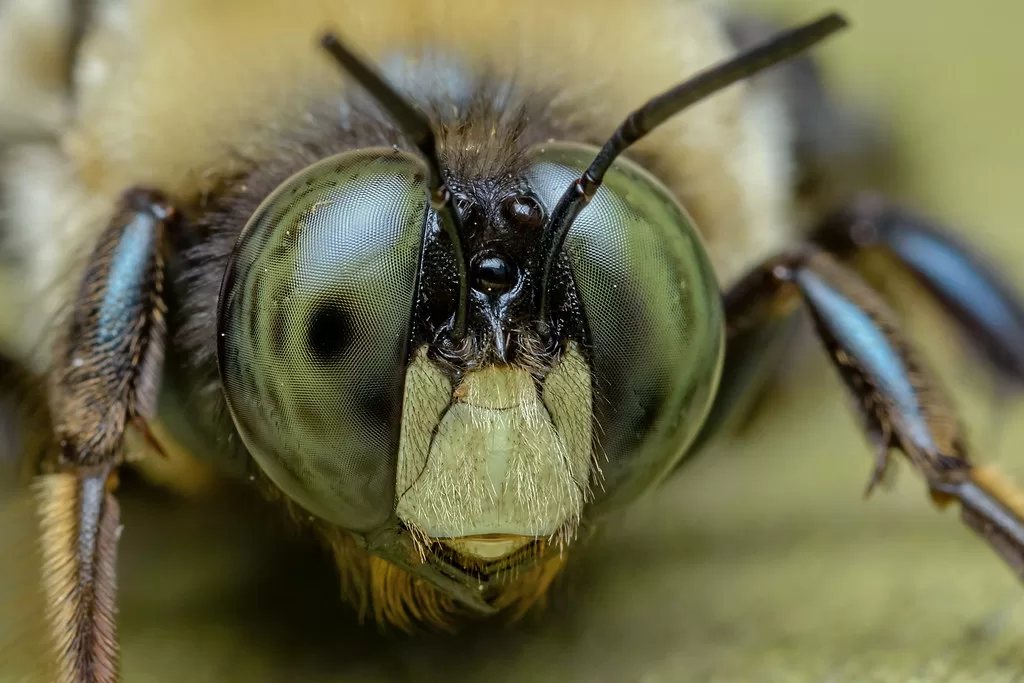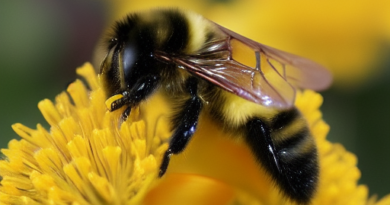Overcoming Bumblebee Sting Fear: A Comprehensive Guide
Introduction
Bumblebees, with their vibrant colors and important role in pollination, are fascinating creatures. However, for some individuals, the fear of getting stung by a bumblebee can be quite overwhelming. In this guide, we will delve into the world of bumblebees, understand their behavior, and explore effective strategies to overcome the fear of bumblebee stings.
Understanding Bumblebees
What Are Bumblebees?
Bumblebees are large, fuzzy insects that belong to the genus Bombus. They play a crucial role in the ecosystem as pollinators, aiding in the reproduction of various plants. These insects are generally not aggressive and will only sting when they feel threatened.
Bumblebee Behavior
Bumblebees are generally docile creatures that go about their business of foraging for nectar and pollinating plants. They are less likely to sting compared to other stinging insects like wasps or hornets. Bumblebees are an essential part of a balanced ecosystem, contributing to the growth of flowers, fruits, and vegetables.

See Also: Do Bumble Bees Sting? And What You Can Do About It
The Fear of Bumblebee Stings
Causes of Bumblebee Sting Fear
- Past Negative Experiences: A previous encounter with a bumblebee sting can leave a lasting impact, leading to fear and anxiety.
- Misinformation: Lack of accurate information about bumblebee behavior and stings can contribute to unnecessary fear.
- Media Portrayals: Movies and media often exaggerate the danger posed by bumblebees, further fueling fear.
Dispelling Myths
It’s important to dispel common myths associated with bumblebees:
- Myth 1: Bumblebees are Aggressive Attackers: In reality, bumblebees are not aggressive and will only sting if they perceive a threat to their hive or themselves.
- Myth 2: All Bumblebees Can Sting: Only female bumblebees can sting, and they do so as a last resort.

Overcoming Bumblebee Sting Fear
Education and Awareness
Understanding bumblebee behavior is a key step in overcoming fear. Learning about their role in pollination and their non-aggressive nature can help alleviate concerns.
Gradual Exposure
Gradual exposure therapy involves starting with less anxiety-inducing situations and gradually increasing exposure to bumblebees. This approach can help desensitize the fear response over time.
Breathing and Relaxation Techniques
Practicing deep breathing and relaxation techniques can help manage anxiety when faced with a bumblebee. These techniques can keep panic at bay and make it easier to approach the situation calmly.
Seeking Professional Help
For individuals with severe bumblebee sting fear, consulting a therapist or counselor who specializes in phobias can be immensely beneficial.

Frequently Asked Questions (FAQ)
Q1: Can bumblebees sting multiple times?
A1: No, unlike honeybees, bumblebees can sting multiple times as their stingers are not barbed.
Q2: Are bumblebee stings dangerous?
A2: Bumblebee stings are generally not dangerous unless the individual is allergic. Most people experience mild pain and swelling at the sting site.
Q3: How can I differentiate between bumblebees and wasps?
A3: Bumblebees are larger, hairier, and rounder than wasps. They are generally not as aggressive as wasps.
Conclusion
Bumblebees are remarkable creatures that contribute significantly to our environment. Overcoming the fear of bumblebee stings involves education, dispelling myths, and implementing gradual exposure techniques. By understanding their behavior and role in nature, we can coexist peacefully with these important pollinators. Remember, conquering fear takes time and effort, but with the right strategies, you can overcome your bumblebee sting fear and appreciate these fascinating insects for the vital role they play in our ecosystem.
Enjoyed this article? You may also like:
Do Bumble Bees Sting? And What You Can Do About It
Do bees have knees? Facts Behind Bees Knees
Does Febreze kill Ants? Things You Need to Know
Do Ants Poop? The Fascinating answer to one of nature’s most puzzling questions!




